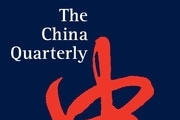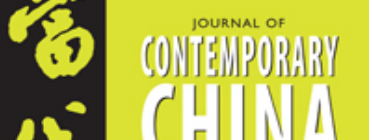New Publication: “Japan: The Indispensable Ally, Except in U.S. Academia…”
The time is now for U.S. and Japanese foundations, corporations, wealthy business leaders and philanthropists, and other entities who care about the U.S.-Japan relationship to surge investments to support and, ideally, endow related Japanese foreign affairs-related faculty positions and research centers.
U.S. universities are not only the training grounds for future scholars and business and policy leaders, they are also the key to giving undergraduates and the surrounding communities exposure to and a familiarity with Japan and its importance for America that most would otherwise lack.
Supporting Japan studies in academia—and not only in the foreign policy space—is essential to keeping a pipeline of expertise on Japan and the U.S.-Japan partnership flowing across all of America, both within the academy and beyond.
The field is at a critical juncture. To address this looming crisis, the time to act is now.























You must be logged in to post a comment.